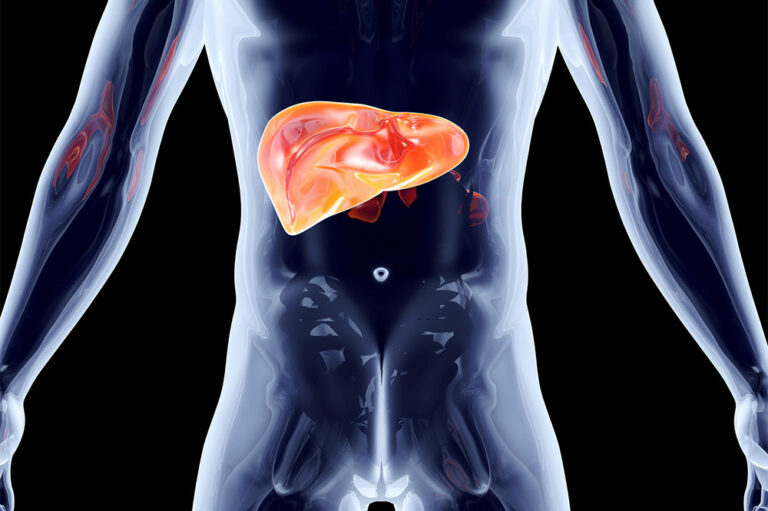
10 lesser-known signs of migraine symptoms
Migraines are debilitating headaches that affect thousands of people worldwide. Studies show that about 17.1% of women and 5.6% of men reported having migraine symptoms. While many individuals associate migraines with severe head pain, nausea, and sensitivity to light, some lesser-known signs and symptoms often go unnoticed. This article delves into these lesser-known signs of migraine symptoms to help individuals recognize and manage this complex neurological condition more effectively.
Visual disturbances
One less recognized sign of an impending migraine is visual disturbances, referred to as an “aura.” These disturbances can include flashing lights, zigzag lines, or blind spots in the field of vision. Auras typically last about 20 minutes to an hour and may be a warning sign that a migraine attack is imminent. While not everyone with migraines experiences auras, recognizing them can be valuable for timely intervention.
Neck pain
Neck pain is a frequently overlooked symptom of migraines. The tension in the neck muscles can often precede or accompany the headache phase of a migraine. Individuals experiencing neck pain and other symptoms should consider it a potential migraine indicator and take appropriate steps to manage the impending attack.
Cognitive impairment
Cognitive impairment is a lesser-known but significant aspect of migraines. During an attack, some individuals experience difficulty concentrating, memory lapses, and a sense of mental fog. This phenomenon, often called “migraine brain,” can extend beyond the headache phase, impacting daily functioning.
Excessive yawning
Excessive yawning may seem unrelated to migraines, but it can be an early warning sign for some individuals. This phenomenon, known as “yawning as a prodrome,” occurs in the hours or days leading to a migraine attack. While the exact cause is not fully understood, it may be linked to brain chemistry or blood flow changes.
Sudden food cravings
Unusual food cravings can also be an indicator of an impending migraine. Some individuals crave specific foods, often high in sugar or salt, during the pre-migraine phase. It is believed that these cravings may be the body’s way of responding to changes in brain chemistry associated with migraines.
Increased thirst and urination
Excessive thirst and frequent urination can occur before or during a migraine attack. These symptoms are thought to be related to changes in blood flow and hormonal fluctuations during the migraine process. Staying hydrated is essential, as dehydration can exacerbate migraine symptoms.
Changes in mood
Mood swings and emotional disturbances are common but lesser-known symptoms of migraines. Irritability, anxiety, and depression can accompany or precede a migraine attack. These mood changes may be linked to the neurological changes occurring in the brain during a migraine episode.
Stiffness and joint pain
People with migraines experience stiffness and joint pain, especially in the shoulders and neck, before or during an attack. This symptom can make daily activities uncomfortable and is often mistakenly attributed to other causes.
Increased sensitivity to smells
Heightened sensitivity to odors, known as hyperosmia, can be another less-recognized sign of migraines. Strong scents or subtle smells that go unnoticed may become overpowering and unpleasant during a migraine attack.
Changes in body temperature
Temperature fluctuations, such as feeling hot or cold, can be part of the pre-migraine experience for some individuals. These changes may be related to alterations in blood circulation or the body’s response to inflammation.












